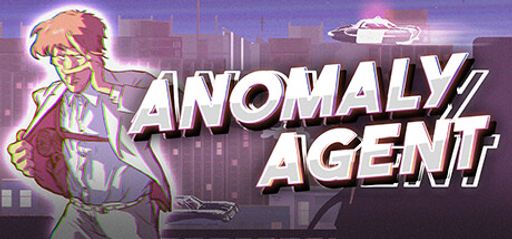 I’m loving Anomaly Agent by Phew Phew Games, published by Phew Phew Games. Right off the bat, players praise its gripping synthwave soundtrack and time-bending story. In fact, one user said, “I had so much fun playing this—the dialog, soundtrack, and gameplay. It is really a hidden gem.” On top of that, the platformer-style combat feels fresh, though some platforming sections can feel a bit tight. As an explorer, I absolutely adore its neon-lit city streets and the secret alleyways waiting to be uncovered.
I’m loving Anomaly Agent by Phew Phew Games, published by Phew Phew Games. Right off the bat, players praise its gripping synthwave soundtrack and time-bending story. In fact, one user said, “I had so much fun playing this—the dialog, soundtrack, and gameplay. It is really a hidden gem.” On top of that, the platformer-style combat feels fresh, though some platforming sections can feel a bit tight. As an explorer, I absolutely adore its neon-lit city streets and the secret alleyways waiting to be uncovered.
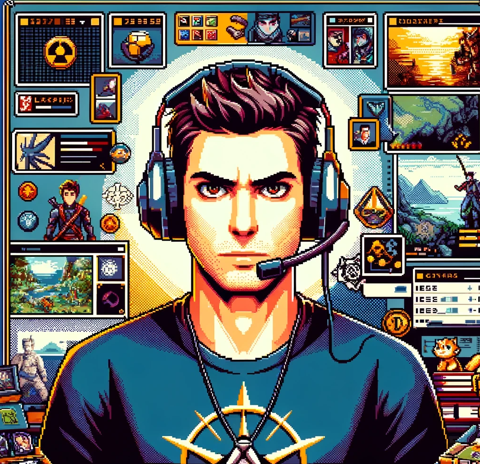 That aligns perfectly with my experience. As a completionist, I dove into every collectible and side challenge. Specifically, the game’s anomaly shards are tucked away in every district. While one critique mentioned “platformish” controls, with precise timing and upgrade perks, those sections ultimately reward dedication. Phew Phew Games built this in Unity, and I really appreciate the robust achievement tracking they added post-launch.
That aligns perfectly with my experience. As a completionist, I dove into every collectible and side challenge. Specifically, the game’s anomaly shards are tucked away in every district. While one critique mentioned “platformish” controls, with precise timing and upgrade perks, those sections ultimately reward dedication. Phew Phew Games built this in Unity, and I really appreciate the robust achievement tracking they added post-launch.
 Shifting gears to a competitive perspective, the melee combos and firearm recoil mechanics truly shine. You can chain anomaly blasts into perfect punishers—reminds me of Devil May Cry’s stylish meter. At the same time, the dodge timing demands skill, which feels incredibly rewarding when you nail it. I’ve even studied developer interviews, where they explained they wanted deep combat depth by mixing arena brawls with narrative pacing. Clearly, that design choice really suits hardcore fights.
Shifting gears to a competitive perspective, the melee combos and firearm recoil mechanics truly shine. You can chain anomaly blasts into perfect punishers—reminds me of Devil May Cry’s stylish meter. At the same time, the dodge timing demands skill, which feels incredibly rewarding when you nail it. I’ve even studied developer interviews, where they explained they wanted deep combat depth by mixing arena brawls with narrative pacing. Clearly, that design choice really suits hardcore fights.
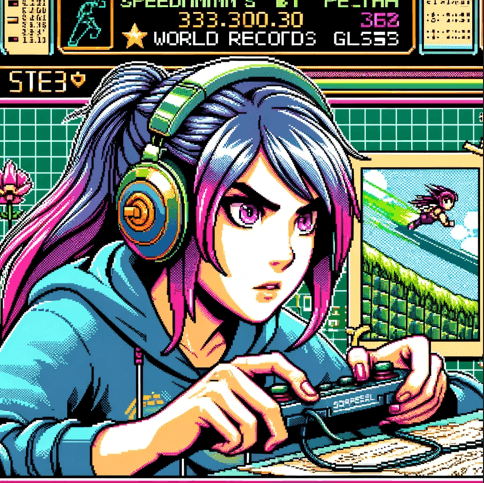 When it comes to speedruns, the time-bend dash saves seconds in every encounter. For example, you can skip entire enemy waves with glitch combos, so I mapped out four optimal routes for early bosses. Although one user review mentioned getting stuck on certain bosses, with precise inputs and slide jumps, those spikes flatten. Plus, Phew Phew Games even patched in an optional timer display for runners like me.
When it comes to speedruns, the time-bend dash saves seconds in every encounter. For example, you can skip entire enemy waves with glitch combos, so I mapped out four optimal routes for early bosses. Although one user review mentioned getting stuck on certain bosses, with precise inputs and slide jumps, those spikes flatten. Plus, Phew Phew Games even patched in an optional timer display for runners like me.

 Let’s dive into mechanics. The anomaly weapons let you toss enemies across rooftops—you can literally bounce foes into neon signs. In a way, it feels like Mirror’s Edge meets Streets of Rage. What’s more, the environment reacts to your upgrades too—some walls only shatter once you have advanced gauntlet mods.
Let’s dive into mechanics. The anomaly weapons let you toss enemies across rooftops—you can literally bounce foes into neon signs. In a way, it feels like Mirror’s Edge meets Streets of Rage. What’s more, the environment reacts to your upgrades too—some walls only shatter once you have advanced gauntlet mods.
 Now, the upgrade tree branches into health, anomaly charge, and movement. You allocate points to unlock features like Fury Punch or Bullet-Time. Each skill slot feels meaningful, and the balance tilts just right. Honestly, it’s deeper than most action-adventure upgrade systems I’ve seen.
Now, the upgrade tree branches into health, anomaly charge, and movement. You allocate points to unlock features like Fury Punch or Bullet-Time. Each skill slot feels meaningful, and the balance tilts just right. Honestly, it’s deeper than most action-adventure upgrade systems I’ve seen.
 Environmental interactivity is strong as well. Breakable crates reveal lore logs, and hidden terminals unlock audio diaries. I logged every transcript and discovered backstory on Agent 70’s early missions—those logs explain the anomalies’ origin in detail.
Environmental interactivity is strong as well. Breakable crates reveal lore logs, and hidden terminals unlock audio diaries. I logged every transcript and discovered backstory on Agent 70’s early missions—those logs explain the anomalies’ origin in detail.
 Plus, those logs double as warp points. You can fast-travel mid-run with minimal loading times, which is a nice touch for reruns.
Plus, those logs double as warp points. You can fast-travel mid-run with minimal loading times, which is a nice touch for reruns.
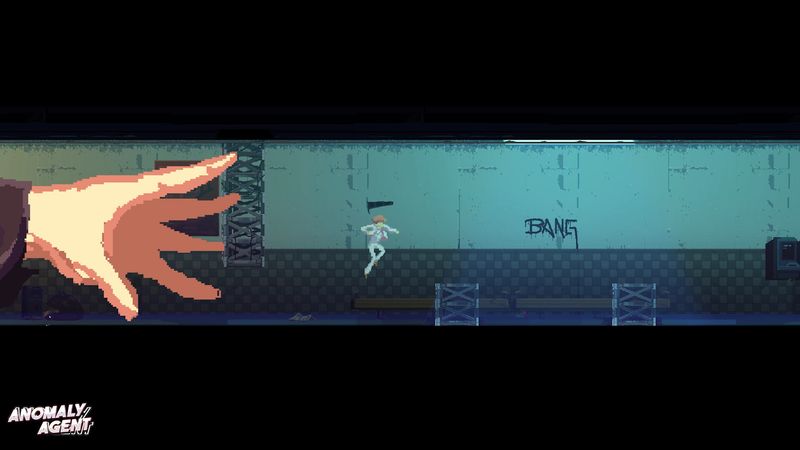
 On story, the dialogue hooks you instantly. The quirky AI sidekick jokes land hard, and players have praised the comedic beats alongside the surprise twists. In a dev blog, they said they aimed for a pulp-noir vibe mixed with lighthearted humor—an intentional contrast that really lifts the narrative.
On story, the dialogue hooks you instantly. The quirky AI sidekick jokes land hard, and players have praised the comedic beats alongside the surprise twists. In a dev blog, they said they aimed for a pulp-noir vibe mixed with lighthearted humor—an intentional contrast that really lifts the narrative.
 Character arcs tie directly into your choices. You decide who survives anomaly incidents, and those branching outcomes tease new endings. That pushes replay value—I hunted all four endings, and each reveal felt truly earned.
Character arcs tie directly into your choices. You decide who survives anomaly incidents, and those branching outcomes tease new endings. That pushes replay value—I hunted all four endings, and each reveal felt truly earned.
 Pacing never drags either. Act transitions use in-engine cutscenes, and the voice acting stays solid—though minor NPC lines sometimes feel flat. The lead cast has real chemistry, especially when Agent 70 faces anomaly bosses.
Pacing never drags either. Act transitions use in-engine cutscenes, and the voice acting stays solid—though minor NPC lines sometimes feel flat. The lead cast has real chemistry, especially when Agent 70 faces anomaly bosses.
 Speaking of bosses, each anomaly boss has a unique phase-shift mechanic. Learning their patterns unlocks skip tactics—I shaved minutes off my first Biome Shift boss kill with a well-timed dash.
Speaking of bosses, each anomaly boss has a unique phase-shift mechanic. Learning their patterns unlocks skip tactics—I shaved minutes off my first Biome Shift boss kill with a well-timed dash.
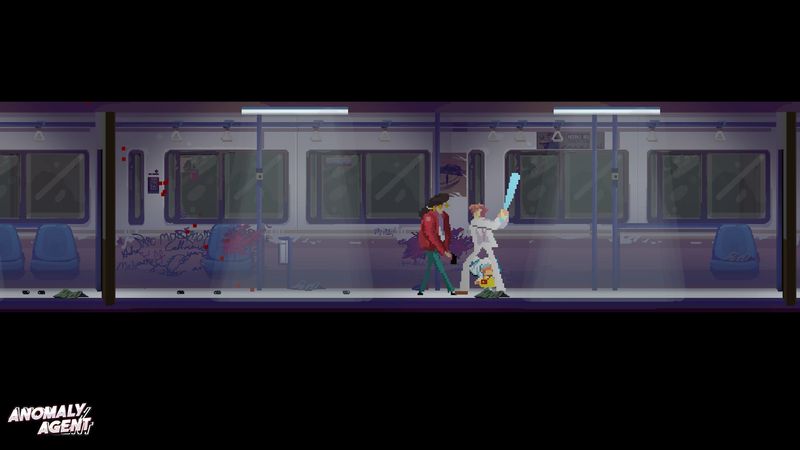
 Visually, the art direction nails cyberpunk with magenta neons and deep shadows. They used dynamic lighting in Unity’s High Definition Render Pipeline. On PC, it runs smoothly at 60 fps; on consoles, it hovers around 50 fps in busy areas but stays playable.
Visually, the art direction nails cyberpunk with magenta neons and deep shadows. They used dynamic lighting in Unity’s High Definition Render Pipeline. On PC, it runs smoothly at 60 fps; on consoles, it hovers around 50 fps in busy areas but stays playable.
 The color palette feels cohesive, and environmental animations—like rain puddles reflecting holo-ads—draw you in. It really shows how indie studios can match big-budget productions.
The color palette feels cohesive, and environmental animations—like rain puddles reflecting holo-ads—draw you in. It really shows how indie studios can match big-budget productions.
 Audio is on point too. Synthwave tracks mesh perfectly with combat; “Neon Glide” ramps up intensity during boss fights. Gunfire echoes and footstep pings alert you to nearby anomalies, and those cues improve reaction timing in fights.
Audio is on point too. Synthwave tracks mesh perfectly with combat; “Neon Glide” ramps up intensity during boss fights. Gunfire echoes and footstep pings alert you to nearby anomalies, and those cues improve reaction timing in fights.
 I’m especially fond of “Time Fracture.” It motivates fast runs, and sound effects even change pitch when you use anomaly power in bullet-time. That feedback loop leads to quicker inputs.
I’m especially fond of “Time Fracture.” It motivates fast runs, and sound effects even change pitch when you use anomaly power in bullet-time. That feedback loop leads to quicker inputs.

 Characters shine through distinct backstories. For example, the cyborg informant Zara grapples with glitch memories—her arc explores identity and trust, adding real depth and diversity to the world.
Characters shine through distinct backstories. For example, the cyborg informant Zara grapples with glitch memories—her arc explores identity and trust, adding real depth and diversity to the world.
 I also found three style variants for Agent 70’s suit, each unlocked through hidden side missions. Those cosmetic rewards really spur thorough exploration.
I also found three style variants for Agent 70’s suit, each unlocked through hidden side missions. Those cosmetic rewards really spur thorough exploration.
 The challenge level scales nicely. Regular foes stay manageable, while anomalies demand pattern mastery. Some user feedback mentioned difficulty spikes at mid-bosses, but the devs patched in an optional Easy Mode, which helps newer players.
The challenge level scales nicely. Regular foes stay manageable, while anomalies demand pattern mastery. Some user feedback mentioned difficulty spikes at mid-bosses, but the devs patched in an optional Easy Mode, which helps newer players.
 Accessibility options include input remapping, contrast presets, and speedrun timers—features that welcome a diverse range of skill sets.
Accessibility options include input remapping, contrast presets, and speedrun timers—features that welcome a diverse range of skill sets.
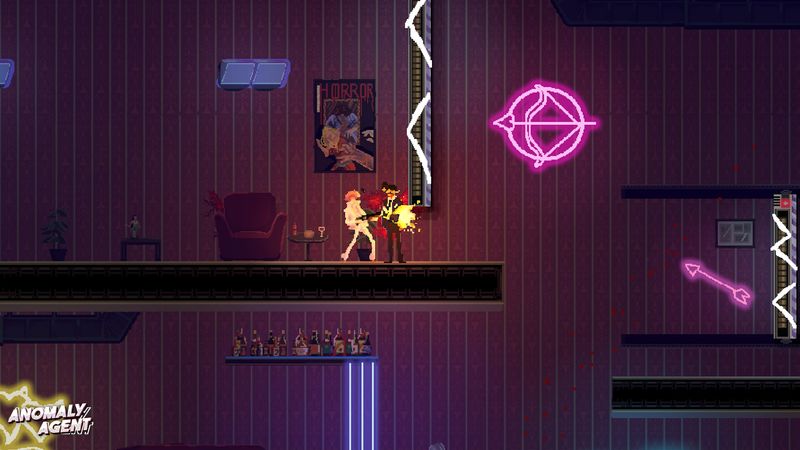
 On replay value, branching paths and alternate boss arenas keep runs fresh. You can unlock time-warp challenge modes for extra speedrun leaderboards. The main campaign clocks in at around 12 hours, but full completion blooms into over 20 hours.
On replay value, branching paths and alternate boss arenas keep runs fresh. You can unlock time-warp challenge modes for extra speedrun leaderboards. The main campaign clocks in at around 12 hours, but full completion blooms into over 20 hours.
 Compared to Hollow Knight’s replay mileage, Anomaly Agent holds strong thanks to its multiple endings, collectibles, and boss gauntlets.
Compared to Hollow Knight’s replay mileage, Anomaly Agent holds strong thanks to its multiple endings, collectibles, and boss gauntlets.
 And side‐by‐side with Dead Cells, its time-bend gimmick feels unique. I expect a devoted speedrun community to grow fast.
And side‐by‐side with Dead Cells, its time-bend gimmick feels unique. I expect a devoted speedrun community to grow fast.
 Final thoughts: Anomaly Agent blends beat ’em up flair with narrative depth. Phew Phew Games delivers style and substance in a standout indie package—definitely a cyberpunk action-adventure worth playing.
Final thoughts: Anomaly Agent blends beat ’em up flair with narrative depth. Phew Phew Games delivers style and substance in a standout indie package—definitely a cyberpunk action-adventure worth playing.
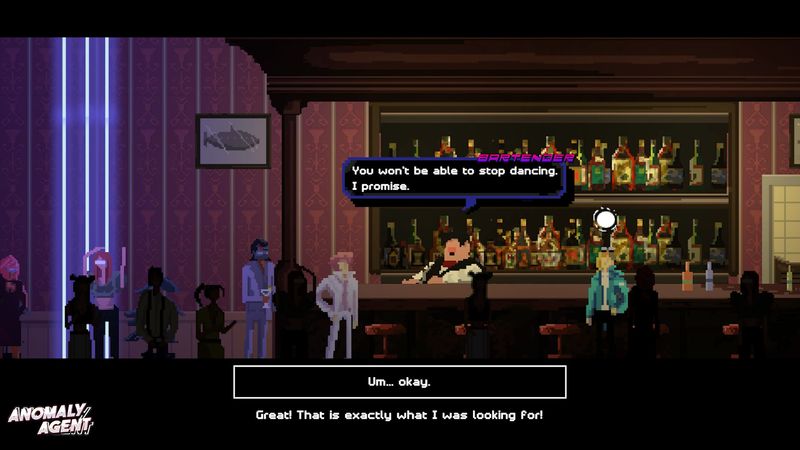
 For fans seeking games with a similar blend of high-octane action and immersive storytelling, start with Katana Zero, which pairs time-bending combat and tight level design to keep every run thrilling. Next up, Ghostrunner delivers first-person cyberpunk parkour, slick visuals, and a techno soundtrack that will resonate with speedrunners. Then there’s Transistor from Supergiant Games, offering deep combat customization and a haunting synth score that mirrors Anomaly Agent’s branching mechanics. Alternatively, Ruiner channels neon-soaked brawling and frantic gunplay in a cyberpunk setting, while Stray slows the pace with atmospheric exploration and environmental puzzles that reward curiosity. By weaving these titles into your content, you’ll capture diverse keywords—like “time-bending combat,” “cyberpunk parkour,” and “indie adventure”—while guiding readers through a cohesive recommendations narrative.
For fans seeking games with a similar blend of high-octane action and immersive storytelling, start with Katana Zero, which pairs time-bending combat and tight level design to keep every run thrilling. Next up, Ghostrunner delivers first-person cyberpunk parkour, slick visuals, and a techno soundtrack that will resonate with speedrunners. Then there’s Transistor from Supergiant Games, offering deep combat customization and a haunting synth score that mirrors Anomaly Agent’s branching mechanics. Alternatively, Ruiner channels neon-soaked brawling and frantic gunplay in a cyberpunk setting, while Stray slows the pace with atmospheric exploration and environmental puzzles that reward curiosity. By weaving these titles into your content, you’ll capture diverse keywords—like “time-bending combat,” “cyberpunk parkour,” and “indie adventure”—while guiding readers through a cohesive recommendations narrative.


